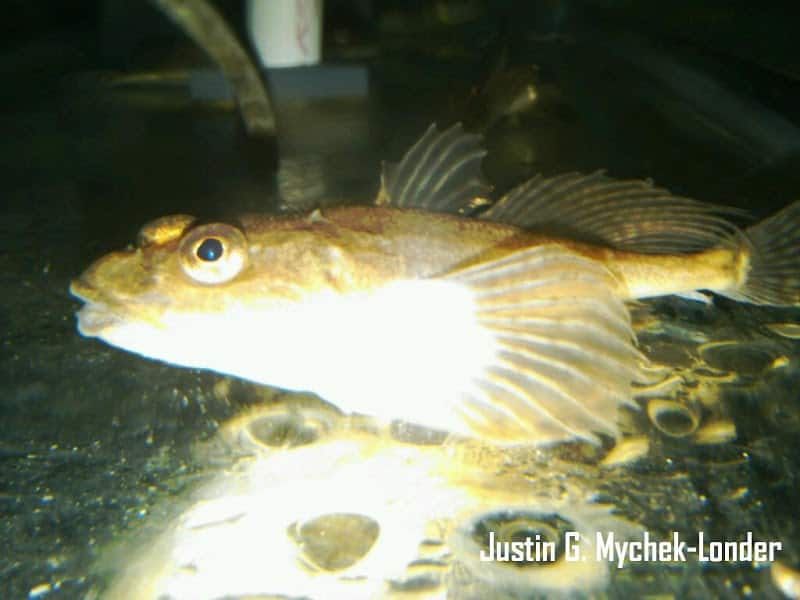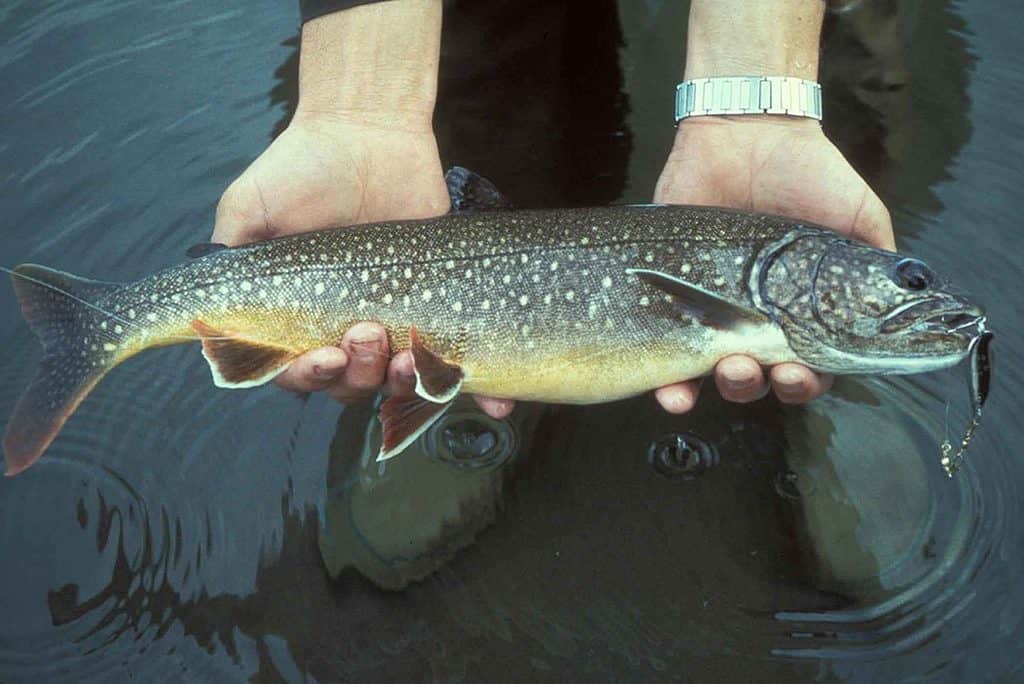The Great Lakes, comprising Lakes Superior, Huron, Michigan, Erie, and Ontario, are home to a diverse array of fascinating life. Much attention is given to the fish near the surface, but the depths of these massive lakes harbor unique creatures. From small invertebrates to large fish, the bottom of the Great Lakes is a thriving ecosystem. The creatures within it are essential to the overall health and balance of the lakes. Let’s take a look at the animals that live at the bottom of these lakes and explore their roles!
1. The Opossum Shrimp

The opossum shrimp gets its name from a unique reproductive behavior, in which it carries its larvae inside itself like a marsupial.
©The Pirates/Shutterstock.com
In the Great Lakes, the term “opossum shrimp” refers to Mysis relicta, a native species of the region. Mysis relicta gets its name from its unique reproductive behavior, in which it carries its larvae inside itself. This is similar to a marsupial, much like the opossum. However, the Great Lakes are also home to another species of shrimp, Hemimysis anomala. This shrimp is also known as the “bloody red shrimp.” This invasive species has recently established itself in the Great Lakes. Both Mysis relicta and Hemimysis anomala are members of the Mysidae family. They are the only two mysids currently present in the Great Lakes.
Both shrimp are an essential food source for many fish, particularly lake trout. Since lake trout were threatened with population collapse only a few decades ago, protecting these shrimp is important for the health of the greater ecosystem.
2. The Deepwater Cisco (Kiyi or Chubs)

In the past, the kiyi could be found in all of the Great Lakes, but it is now believed to only persist in Lake Superior.
©Charles Bradford Hudson (1865–1936) / public domain – Original / License
The kiyi, also known as the deepwater cisco, is a species of freshwater whitefish. This deep-water species is native to the Great Lakes, and primarily lives at depths of 260 feet or greater. In the past, the kiyi was found in all the Great Lakes, but it currently only inhabits Lake Superior, where it is relatively common. In the other lakes, the kiyi has been eliminated due to a variety of factors, including overfishing and habitat destruction.
The loss of the kiyi and other deepwater ciscos from the Great Lakes has had significant impacts on the ecosystem. These species play important roles as food sources for larger fish and other predators. Their absence has likely disrupted the balance of nutrients in the lake. Their decline is also an indicator of the health of the lakes, providing insights into the condition of the ecosystem.
3. The Deepwater Sculpin

In the Great Lakes region, the deepwater sculpin can be found from the Gatineau in Canada to the Great Bear Lakes in the north.
The deepwater sculpin is a species of freshwater fish found in deep, cold lakes in Canada and the United States. This glacial relict species has survived since the last ice age. In fact, it is now found in areas that were once covered by glaciers. This fish can be found from the Gatineau in Canada to the Great Slave and Great Bear Lakes. It is also found in Waterton Lake within Waterton Lakes National Park and Glacier National Park.
This fish adapted to living in cold, well-oxygenated lakes with connections to former glacial lakes or the Champlain Sea. The deepwater sculpin is a bottom-dwelling fish that feeds on small invertebrates. They play a vital role in the Great Lakes ecosystem. Since they only live in water that is less than 41°F, their habitat is often extremely deep. They are known to be an “indicator species,” meaning they indicate the health of the deep-water communities where they live.
4. The Siscowet Lake Trout

Siscowet lake trout are typically found at depths greater than 250 feet, where they feed on bottom-dwelling fish.
©U.S. Fish and Wildlife Service / public domain – Original / License
The siscowet lake trout is a unique subspecies of lake trout found in the deep waters of Lake Superior. This subspecies is distinguishable from other forms of lake trout by its physical characteristics and habitat preferences. While lean lake trout are commonly found in shallower waters, siscowet lake trout feed on bottom-dwelling fish at depths greater than 250 feet. Siscowet lake trout are most abundant in the 300 to 600-foot range. However, they have also been observed at the deepest points of Lake Superior, reaching depths of over 1,000 feet!
In recent years, siscowet lake trout have grown in population due to the successful control of lampreys and lowered fishing mortality.
Conclusion
In conclusion, the bottom of the Great Lakes is home to a diverse array of fascinating and unique creatures. From small invertebrates like the opossum shrimp to larger fish like the siscowet lake trout, these creatures play vital roles in the Great Lakes’ ecosystem. They serve as food sources for larger predators, recycle and maintain the balance of nutrients in the lake, and provide valuable insights into overall health of the community. Even though you often can’t see them, they are essential building blocks for a healthy ecosystem!
Up Next:
Thank you for reading! Have some feedback for us? Contact the AZ Animals editorial team.








